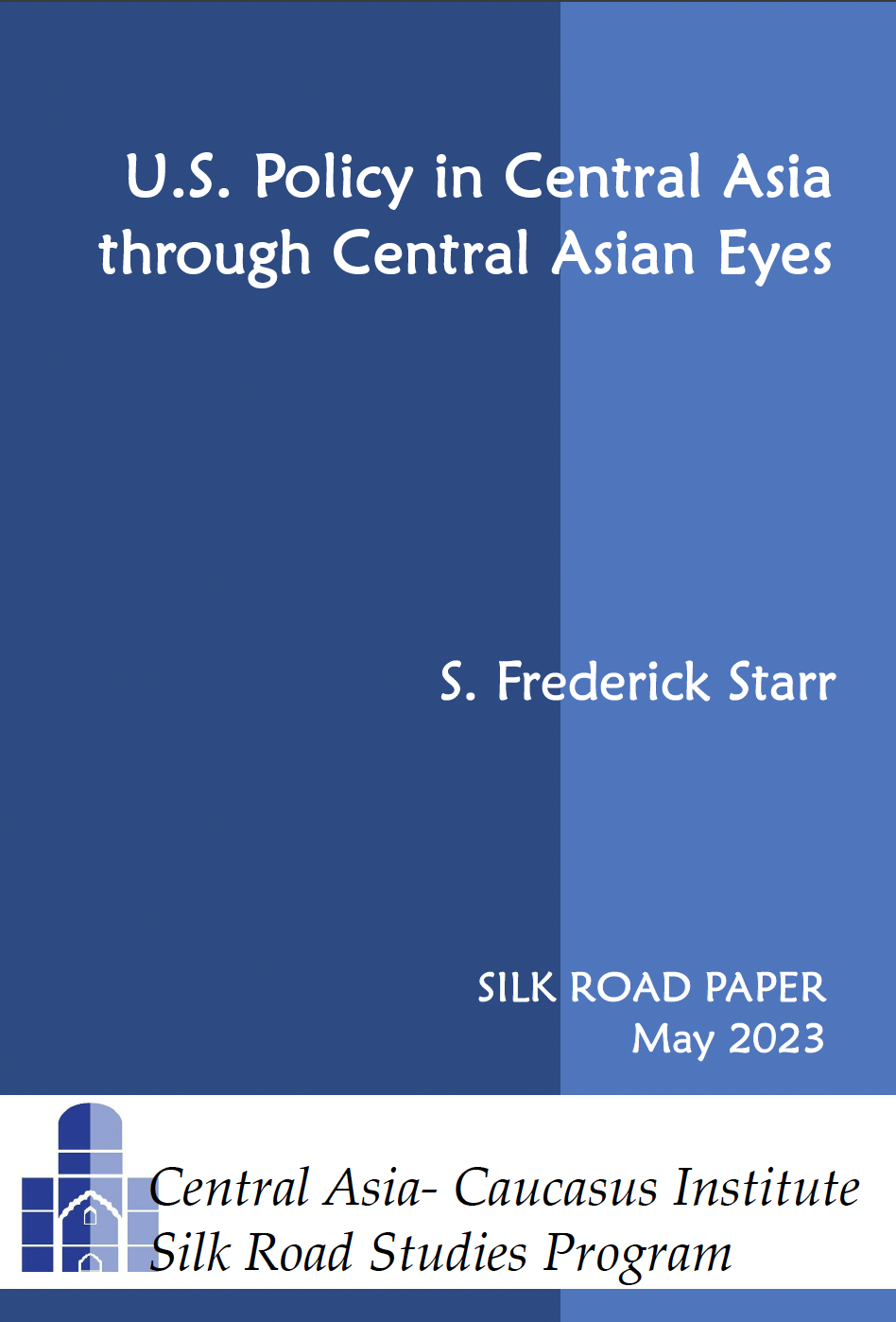BACKGROUND: One of the most widely discussed issues of the late perestroika period was the importance of maintaining a "common economic space" on the territory of the Soviet Union. Rival versions of plans for Soviet devolution included measures to maintain commerce and other forms of interaction among the countries. In the end, the Soviet Union did not devolve, it fragmented. The majority of the sovereign states that emerged from this process pledged themselves to inter-state cooperation in the "Alma-Ata Declaration" and the foundation documents of the Commonwealth of Independent States (CIS). The CIS was designed as a community of independent and sovereign states, not as an international organization.
In January 1994, leaders in Kazakhstan and Uzbekistan announced the establishment of Uzbek-Kazakh bilateral customs union that would provide for free movement of goods, services, capital and labor between Uzbekistan and Kazakhstan and allow coordination of fiscal and customs policies. The agreement was aimed at "abolishing borders between the two countries." At the July summit in 1994, the presidents of Kazakhstan, Kyrgyzstan, Uzbekistan and Tajikistan announced the idea of establishing a "Central Asian Union". Each of the countries established a country office and appointed a Council representative of ministerial rank. The group established the Central Asian Development Bank as a vehicle for financing region-wide infrastructure.
Provisions were made for maintaining economic and security cooperation among the CIS members whereby regular policy dialogue took place on trade policy harmonization, monetary coordination, payments and settlements, customs and taxation, legal infrastructure harmonization, and product standardization in addition to common security measures. In 1994, Belarus, Kazakhstan, and Russia announced the establishment of a "CIS Customs Union" and invited other CIS states to join. Kyrgyzstan joined in December 1995 and Tajikistan was admitted in February 1999. The agreement did not produce the anticipated results due to coordination problems and free-riding incentives inherent in all customs unions.
IMPLICATIONS: The collaborative efforts have not resulted in the anticipated level of cooperation as trans-border problems in the region have deep-seated roots. None of the Central Asian states ever historically existed within their present borders prior to the Soviet era. Most current Central Asian borders were established not by legal demarcation but by popular usage. Recently Uzbekistan unilaterally initiated a survey of its border with Kazakhstan, prompting protests from Kazakhstan that surveys must be mutual and bilateral. Interdicting borders can address some short-term security concerns, but only at the cost of many of the benefits of globalization.
The borders are particularly problematic in the Fergana Valley. Most of the valley lies within the territory of Uzbekistan but is bordered by Kyrgyzstan on the north, east, and south, and by Tajikistan in the southwest. The Uzbekistan-Kyrgyzstan and Uzbekistan-Tajikistan borders zig-zag back and forth across the valley’s main roadways. The valley’s main east-west road and rail transit routes pass through northern Tajikistan en route out to Uzbekistan. The result is a situation in which virtually all traffic repeatedly crosses several international borders. Monitoring of these and other Central Asian borders is doubly complicated in an age of globalization when people, capital, goods, services and ideas can move more swiftly across frontiers than ever before
Water, energy, and agricultural link the interests of all the countries of this arid region to the actions of their neighbors, as agriculture is a source of foreign exchange and generator of employment. The region’s two main river systems, the Syr-Darya and the Amu-Darya, each pass through several international borders on their way to the Aral Sea. Sharp differences in interests exist between up-stream and downstream users. Downstream users store water in the hydroelectric reservoirs for irrigation in the dry summer months while upstream users employ water to generate hydroelectric power in the winter months for heating.
CONCLUSIONS: The meeting in Astana on June 8, 2000, of the prime ministers of Kazakhstan, Kyrgyzstan, Tajikistan, and Uzbekistan resulted in a two-year program of measures to establish a single economic space and a five-year strategy of economic development and integration. The presidents of Kazakhstan, Kyrgyzstan, Tajikistan, and Uzbekistan, meeting in Dushanbe the following week, agreed on the more general principle of establishing a framework for continued regional economic cooperation and harmonization. The security and economic challenges facing the Central Asian states encourages cooperation.
The costs of failure to cooperate are high while the rewards of success are great. If the states succeed in establishing a new level of cooperation, they will reinforce their own sovereignty. But if inter-state cooperation continues to prove elusive, the problems of border disputes, trade and payments, common infrastructure arrangements, trans-border natural resources, intra-regional migration, terrorism, and trafficking in people, narcotics and weapons, will increasingly circumscribe the autonomy of the states. In the short-run, it will be easier to withdraw into self-protection and self-reliance than to cooperate with neighbors. But in the long run only greater cooperation will solve Central Asia’s emerging problems.
AUTHOR BIO: Gregory Gleason is associate professor of political science at the University of New Mexico. He specializes in the analysis of Eurasian affairs with an emphasis on the adoption of international standards of policy and practice.
Copyright 2000 The Analyst All rights reserved.




 Silk Road Paper S. Frederick Starr,
Silk Road Paper S. Frederick Starr,  Book Svante E. Cornell, ed., "
Book Svante E. Cornell, ed., "